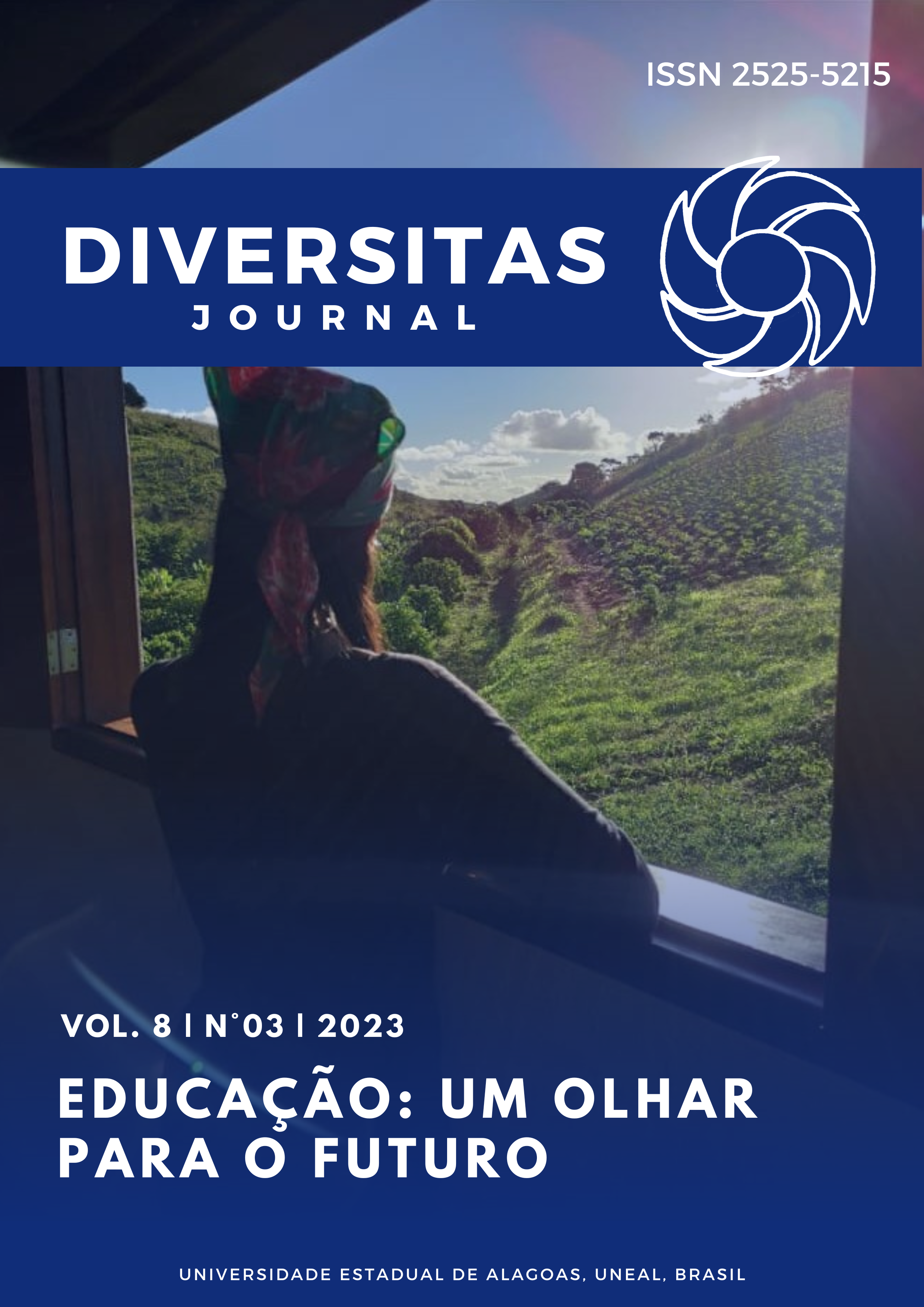Analysis on Code Switching Manifested by Filipino High School Teachers
DOI:
https://doi.org/10.48017/dj.v8i3.2669Keywords:
Types and patterns of Code-Switching, quality education, Filipino Teachers, Taglish, Discourse TheoryAbstract
The Philippines as an archipelago is a multilingual community, thus, analyzing discourses are advantageous to its scholars. Hence, the researchers extracted the respondents’ discourses in their online classes and investigated the types and patterns of code switching occurences among 9 teachers through qualitative and quantitative analyses. They adapted the typology by Poplack (1980) and Myers-Scotton (1989). Poplack classified code switching into tag, intersentential, and intrasentential but later, Myers-Scotton added intraword. In the analysis of patterns, the researchers considered Muysken’s (2000) code switching patterns namely insertion, alternation and congruent lexicalization. However, due to limitations of these patterns, only insertion is utilized, and the researchers modified it to fit the context of this study. These are Ilokolish, Taglish and Ilocotaglish – all are forms of insertion with alternate use of languages.
Intrasentential code switching has the highest number of occurrence (471) among the utterances of instructors in the classroom followed by intersentential (122), tag (45) and intraword (24). As to patterns, Taglish (346) occurs most frequently among the mixed code utterances of teachers in the classroom followed by Ilocolish (186) and Ilocotaglish (57). It is therefore concluded that switching of codes with different patterns and types happen in Philippine high school classes not only by students but even by teachers. Using code switching in high school classes is found to be beneficial to both teachers and students. Thus, this paper could help teachers regardless of their subject area determine the proper context of switching. Their understanding of students’ discourses could guide them in designing their lessons toward a more effective classroom interaction which lead to quality education.
Metrics
References
Aeclub. (2011). English - a renewable resource. Retrieved on December 27, 2021from http://english.com/english-a-renewable-resource.
Bautista, M. (1999). An analysis of the functions of Tagalog-English code switching: data from one case. Manila: Linguistic Society of the Philippines.
Bernardo, A. (2007). Bilingual code switching as a resource for learning and teaching: Alternative reflections on the language and education issue in the Philippines. Manila: Linguistic Society of the Philippines.
Boztepe E. (2005). Issues in code switching: competing issues and models. Retrieved on December 25, 2021 from http://journals.tc- library.org/index.php/tesol/article/download/32/37.
Espiritu, C. (2008). Language policies in the Philippines. Retrieved on December 26,2011from http://www.ncca.gov.ph/about-culture-and-arts/articles-on-c-n a/artic.
Gee, J. P. (1999). An introduction to discourse analysis: theory and method. London and New York: Routledge.
Jingxia, L. (2010). Teachers’ code-switching to the l1 in ESL classroom. Retrieved on December 12, 2021 from http://www.benthamscience.com/open/toalj/articles/V003/10TOALJ.pdf.
Kumaravedivelu, B. (1999). Critical classroom discourse analysis. TESOL Quarterly, 33(3), 453-484.
Manan, S. A., David, M. K., Dumanig, F. P., &Channa, L. A. (2017). The glocalization of English in the Pakistan linguistic landscape. World Englishes. 36(4), 645-665.
McLellan and Chua-Wong. (2002). Two Languages in the Classroom: Clashing Codes or Coexistence?
Muysken, P. (2000). Bilingual speech: a typology of code-mixing. Cambridge: Cambridge University Press.
Myers-Scotton, C. (1989). Code switching with English: types of switching, types of communities. World Englishes, 8, (3), 333-346.
Poplack, S. (1980). Sometimes I’ll start a sentence in Spanish Y TERMINO ESPANOL: toward a typology of code-switching. Linguistics. Vol. 18, Nos. 7/8, 581-618.
Rafael, V. (2008). Taglish, or the phantom power of the lingua franca. Manila: Anvil Publishing.
Rimando. T. (2011). Stop using ‘Taglish,’ teachers, students told. Retrieved on December 26, 2021 from http://www.scribd.com/doc/53069313/Applied-Ling-1.
Saville-Troike, M., & Barto, K. (2017). Introducing Second Language Acquisition. Cambridge University Press.
Syafii, M. L. (2021). Utilizing Picture-Based Story-Telling Technique to Enhance the Speaking Skill. ETERNAL (English, Teaching, Learning and Research Journal). Vol 7, No. 2
Shah et. al. (2020). Identity Construction through Code-Switching Practices at a University in Pakistan. GEMA Online® Journal of Language Studies. 20(4), 1-17
Shah, M., Pillai, S., & Sinayah, M. (2019). Translanguaging in an academic setting. Lingua. 225, 16-31.
Shohamy, E. (2006). Language policy: hidden agendas and new approaches. Suffolk: Routledge.
Thompson, R. (2003). Filipino English and Taglish - Language switching from multiple perspectives. Philadelphia: John Benjamin Publishing Company.
Valdez, P. (2010). Powerless in policy, powerful in practice: Critical insights on pedagogical code switching in the Philippine context. Retrieved on December 25, 2011 from www.dlsud.edu.ph/.../PEDAGOGICAL%20CS.
Vihman, M. (1985). Language differentiation by the bilingual infant. Journal of Child Language. Retrieved on January 20, 2022 from https://www.cambridge.org/core/journals/journal-of-child-language/article/abs/language-differentiation-by-the-bilingual infant/23B1A26E23702EB6C668E8A05C35AAF8
Villadarez, C. (2021). Analysis on Code-switching in Pinoy Songs. International Journal of Linguistics, Literature and Translation, 4(10), 148-158. https://doi.org/10.32996/ijllt.2021.4.10.18
Villareal, C. (2002). Re-searching language teaching. ACELT Journal, 6(2), 33-37.
Yletyinen, H. (2004). The functions of code switching in EFL classroom discourse. Retrieved December 19, 2021 from https://jyx.jyu.fi/dspace/bitstream/handle/123456789/7407/G0000707.pdf.
Yim, O. & Clement, R. (2019) “You’re a Juksing”: Examining Cantonese-English code-switching as an index of identity. Journal of Language and Social Psychology. (4), 479-495
Downloads
Published
How to Cite
Issue
Section
License
Copyright (c) 2023 Louie Villanueva, Gamiao Bert

This work is licensed under a Creative Commons Attribution 4.0 International License.
The Diversitas Journal expresses that the articles are the sole responsibility of the Authors, who are familiar with Brazilian and international legislation.
Articles are peer-reviewed and care should be taken to warn of the possible incidence of plagiarism. However, plagiarism is an indisputable action by the authors.
The violation of copyright is a crime, provided for in article 184 of the Brazilian Penal Code: “Art. 184 Violating copyright and related rights: Penalty - detention, from 3 (three) months to 1 (one) year, or fine. § 1 If the violation consists of total or partial reproduction, for the purpose of direct or indirect profit, by any means or process, of intellectual work, interpretation, performance or phonogram, without the express authorization of the author, the performer, the producer , as the case may be, or whoever represents them: Penalty - imprisonment, from 2 (two) to 4 (four) years, and a fine. ”















.png)




